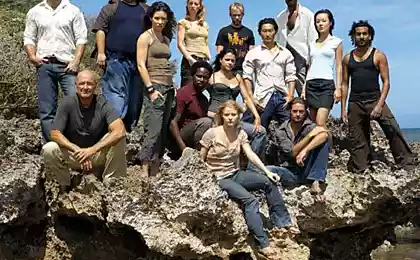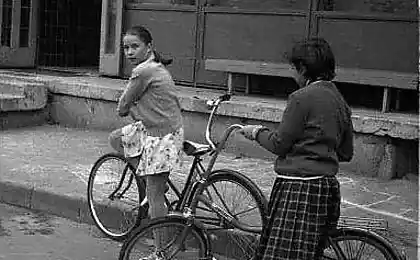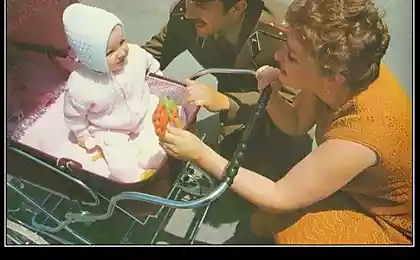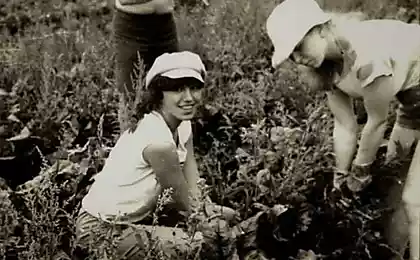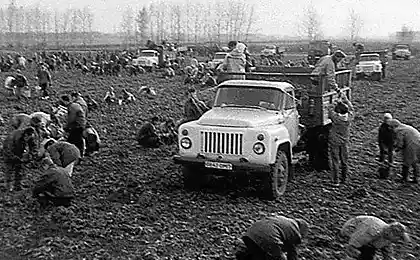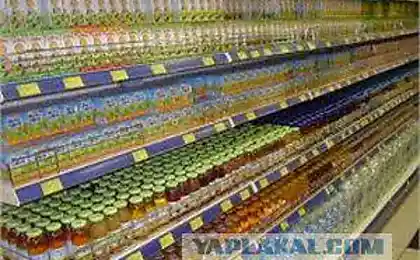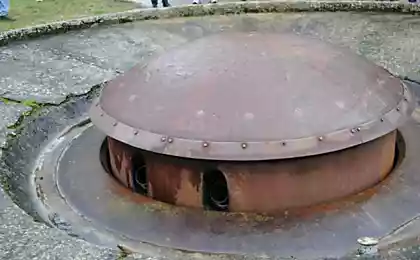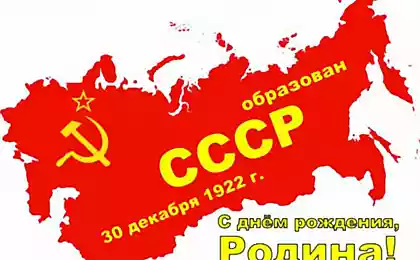213
What was rural life in the USSR and how did village youth look at that time?
One gets the impression that people who recall with nostalgia rural life under the Soviet Union are detached from reality and do not notice the huge log in the big Soviet eye. No one is interested in how it came about. kolkhozWe do not think about how the peasants would live if they continued to cultivate their own fields and raise their own livestock.
399768
People are more willing to remember how in childhood they came on vacation to their grandmother in the village, how it was good and fun there. The city guys slept as much as they wanted, bathed, picked berries and drank steamed milk. And the rural children grazed cows, fed pets, watered weeds in the garden and fled from all their feet to rake hay in a stack, only a storm cloud will appear in the sky.
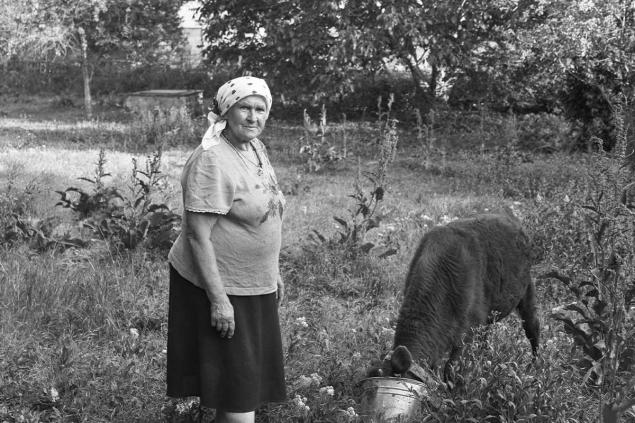
Collective farms in the USSR were created so that people in them worked for the benefit of the state, and not for themselves. The first collective farms appeared after the revolution of 1917. Peasants were driven there by force, making their livestock and land collective property. Who would like to have your property taken away from you by your labor?
Those peasants who had nothing behind their souls eagerly went to the collective farm. Most of them were lazy people who were jealous of their wealthy neighbors. They watched with undisguised pleasure the dekulakization of industrious fellow villagers, when cattle were taken away from them, grain was taken out and land was taken away.
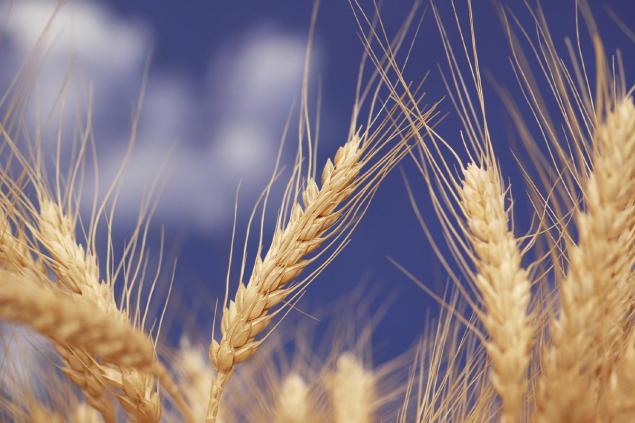
The peasants worked for workdays, for which a little grain was then issued. The villagers began to flee from starvation to the city, but they were held in every possible way to have someone to cultivate the land. Farmers were disenfranchised and had no passports until 1974. It was possible to leave the village only with a certificate issued by the chairman of the kolkhoz. He often abused his powers.
To escape poverty, rural youth sought higher education. In the 70s, the authorities established quotas for students from the village, although it was already difficult for such students to enter the institute: they were everywhere involved in agricultural work to the detriment of the educational process.
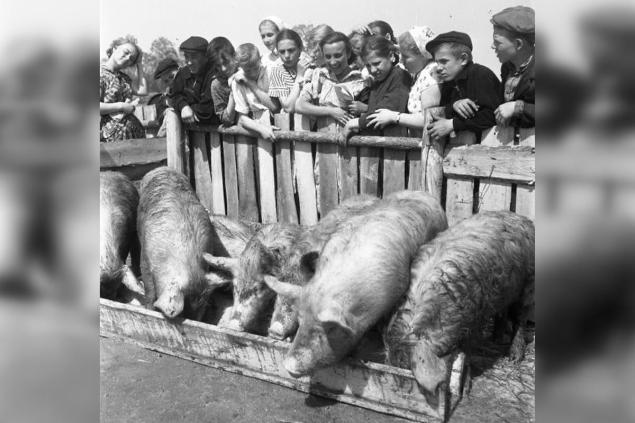
Young people went to “build socialism” in the Far East and the Far North, so as not to stay in the village. Many of them never returned to the farm. The boys also took the chance to continue serving in the army as overseers. They received a passport and could continue to arrange their lives independently, without looking back on the chairman of the collective economy.
After certification, collective farmers became easier to move around the country. They received a kind of “free” and could leave the village at any time. The authorities were interested in attracting young people to state farms. Thus, in prosperous farms, young specialists were sometimes provided with housing. And yet such successful businesses could be counted on fingers.

The village always had to work hard, but the generous land rewarded the peasants for their efforts with a good harvest. Then the owners disposed of the grown products at their discretion. Only in the collective farm did things become different, because the common people lost the opportunity to enjoy the fruits of their labor.
Subsequently, theft began to flourish in collective farms. Only the laziest did not try to steal some grain or straw from the collective farm field, so that there was something to feed domestic animals. The villagers did not consider such a crime shameful. The motto of the time: that kolkhoz is mine! It's been a generation.
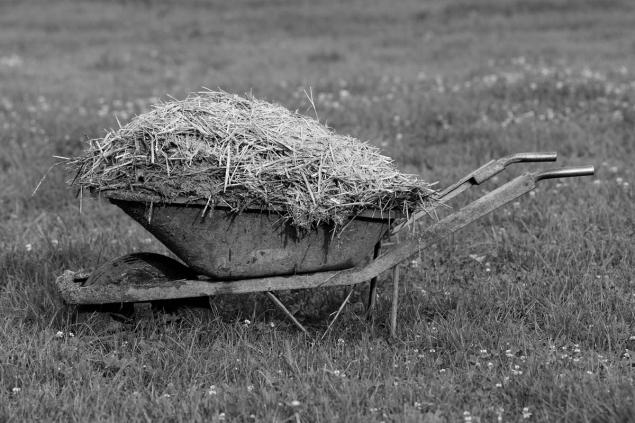
Does anyone else want to live and work in a farm? I don't!
399768
People are more willing to remember how in childhood they came on vacation to their grandmother in the village, how it was good and fun there. The city guys slept as much as they wanted, bathed, picked berries and drank steamed milk. And the rural children grazed cows, fed pets, watered weeds in the garden and fled from all their feet to rake hay in a stack, only a storm cloud will appear in the sky.

Collective farms in the USSR were created so that people in them worked for the benefit of the state, and not for themselves. The first collective farms appeared after the revolution of 1917. Peasants were driven there by force, making their livestock and land collective property. Who would like to have your property taken away from you by your labor?
Those peasants who had nothing behind their souls eagerly went to the collective farm. Most of them were lazy people who were jealous of their wealthy neighbors. They watched with undisguised pleasure the dekulakization of industrious fellow villagers, when cattle were taken away from them, grain was taken out and land was taken away.

The peasants worked for workdays, for which a little grain was then issued. The villagers began to flee from starvation to the city, but they were held in every possible way to have someone to cultivate the land. Farmers were disenfranchised and had no passports until 1974. It was possible to leave the village only with a certificate issued by the chairman of the kolkhoz. He often abused his powers.
To escape poverty, rural youth sought higher education. In the 70s, the authorities established quotas for students from the village, although it was already difficult for such students to enter the institute: they were everywhere involved in agricultural work to the detriment of the educational process.

Young people went to “build socialism” in the Far East and the Far North, so as not to stay in the village. Many of them never returned to the farm. The boys also took the chance to continue serving in the army as overseers. They received a passport and could continue to arrange their lives independently, without looking back on the chairman of the collective economy.
After certification, collective farmers became easier to move around the country. They received a kind of “free” and could leave the village at any time. The authorities were interested in attracting young people to state farms. Thus, in prosperous farms, young specialists were sometimes provided with housing. And yet such successful businesses could be counted on fingers.

The village always had to work hard, but the generous land rewarded the peasants for their efforts with a good harvest. Then the owners disposed of the grown products at their discretion. Only in the collective farm did things become different, because the common people lost the opportunity to enjoy the fruits of their labor.
Subsequently, theft began to flourish in collective farms. Only the laziest did not try to steal some grain or straw from the collective farm field, so that there was something to feed domestic animals. The villagers did not consider such a crime shameful. The motto of the time: that kolkhoz is mine! It's been a generation.

Does anyone else want to live and work in a farm? I don't!
Vodka: features of buying a popular drink
When the son left his wife for another woman, I said that he would not get an apartment, I would sign for my granddaughter, but now I doubt my decision.
